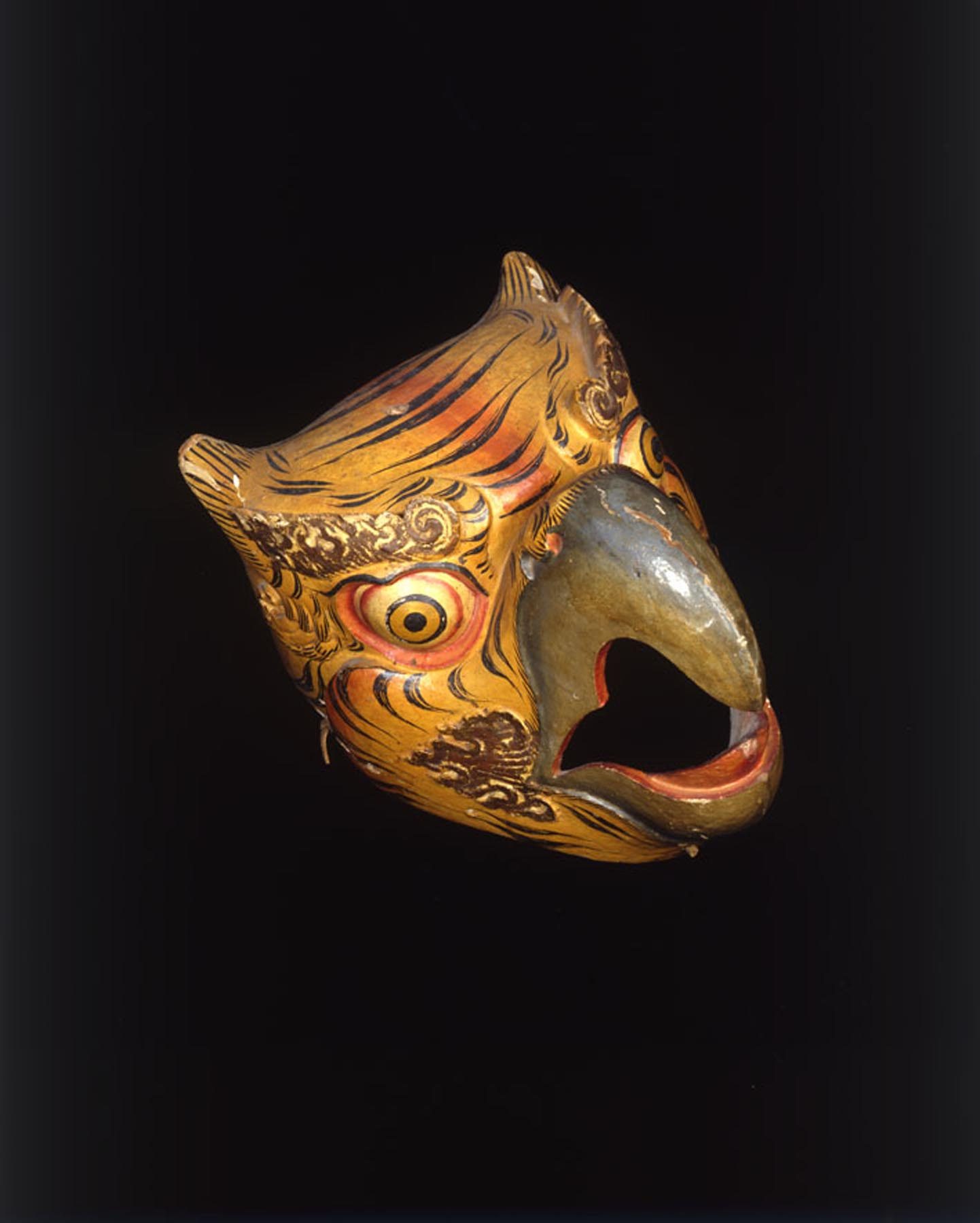
Marx-lambert
collection
About the
Collection
This collection was formed by artist Enid Marx and historian Margaret Lambert who together shared a love of English popular art, and features ceramics, glassware, corn dollies, canal ware, and papier mâché figures.
Writing several books on the subject, they defined their interest in ‘the art which ordinary people have, from time immemorial, introduced into their lives, sometimes making it themselves, at others imposing their tastes on the product of the craftsmen or of the machine.’
The redisplay of this collection was supported by grants from DCMS/Wolfson Museums & Galleries Improvement Fund and the Clothworker’s Foundation.
Often these pieces directly inspired Marx’s own creations, which were similarly diverse. As the first female engraver to be designated as a Royal Designer for Industry, Marx is known today for her bold geometric textile designs for London Transport. But she was also a printmaker and painter, who produced linocuts and designs for book jackets, postage stamps, posters and cards.

Discover more
Download our gallery guide to find out more the Marx-Lambert collection
and the artworks on display in our galleries

'Our break untaxed, our commerce free' plate

White Staffordshire earthenware pottery with gold highlights

Curtain fabric with cornucopia repeat pattern

Curtain fabric with jungle repeat pattern

Curtain fabric with geometric block pattern

Still life with Staffordshire dog and tulips

R for Rhino (from Marco’s Animal Alphabet)


























